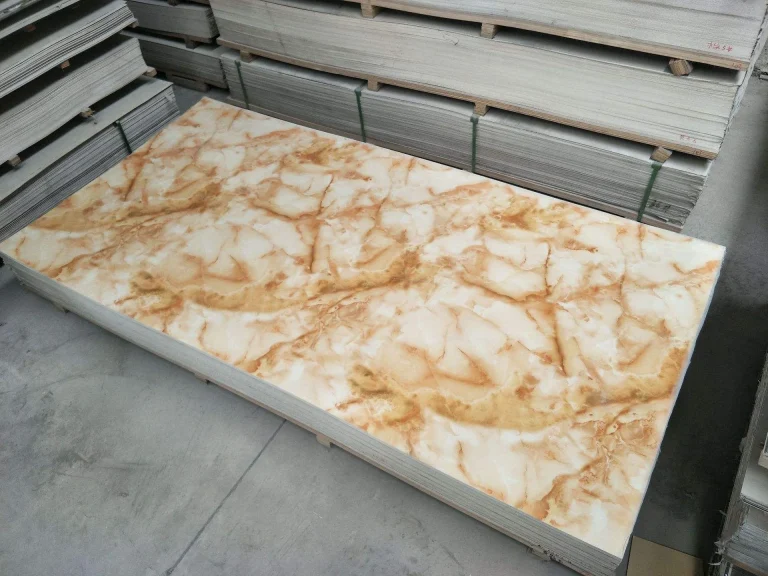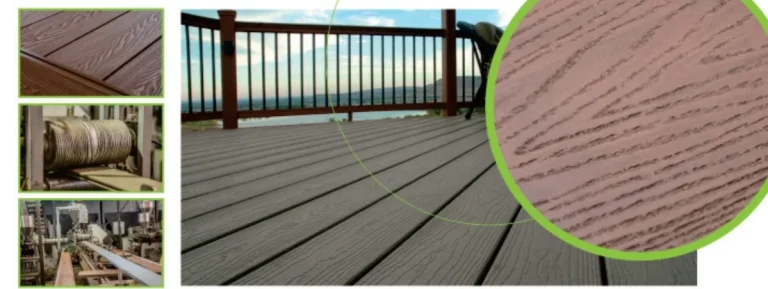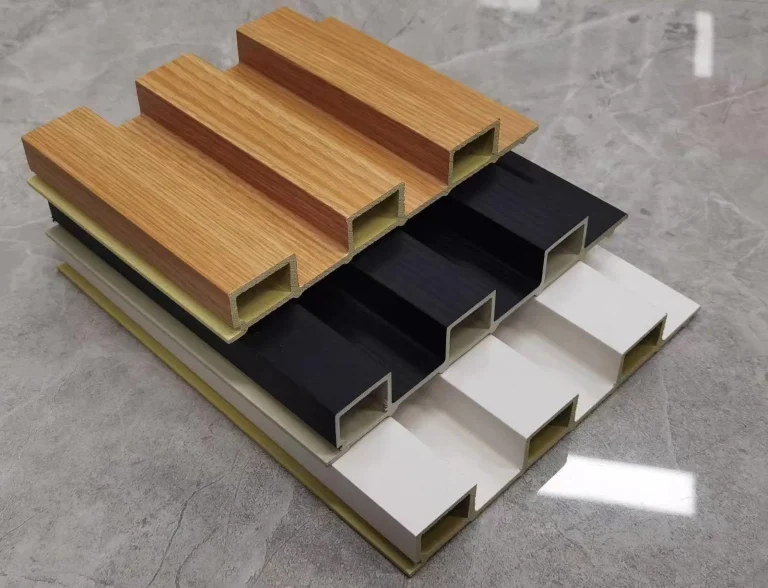Why Are Chinese Oriental Rugs So Highly Sought After?
The Unique Craftsmanship of Chinese Oriental Rugs
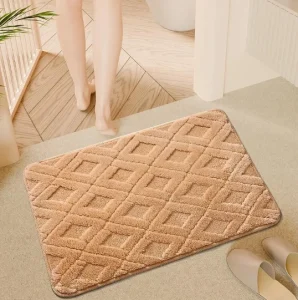 Chinese orient rugs are greatly desired for the hand-weaving process of utilising strict hand-weaving techniques with densely detailed motifs. Such a rug is usually created by means of hand knotting—a laborious process through the use of artisans over a succession of generations. It guarantees longevity as well as ability to produce patterns of detailed finishing that are aesthetically pleasing and carried out with precision. The skills and dedication that go into making these rugs show an appreciation of heritage and a keen sense of commitment to quality, making them highly coveted possessions among collectors and home owners.
Chinese orient rugs are greatly desired for the hand-weaving process of utilising strict hand-weaving techniques with densely detailed motifs. Such a rug is usually created by means of hand knotting—a laborious process through the use of artisans over a succession of generations. It guarantees longevity as well as ability to produce patterns of detailed finishing that are aesthetically pleasing and carried out with precision. The skills and dedication that go into making these rugs show an appreciation of heritage and a keen sense of commitment to quality, making them highly coveted possessions among collectors and home owners.
The Rich History and Cultural Significance Behind the Designs
Chinese Oriental rugs have designs that hold deep cultural significance and historical roots within them. The motifs also serve to represent symbols, including phoenixes and dragons and lotuses, which have powerful meanings from Chinese legend. Dragons, for instance, represent prosperity and power, and lotuses innocence and wisdom. The motifs not only add to the graphics but are also a way of delivering traditional stories and traditions handed down from generation to generation. Having a Chinese Oriental rug can be seen as having a piece of legacy. Adding to the charm and allure of these rugs.
How Chinese Oriental Rugs Stand Out in Global Markets
Oriental Chinese rugs are unrivaled worldwide due to the combination of traditional craftsmanship and modern flexibility. Unlike the mass-produced carpets, Chinese rugs possess a flavor, each one a piece of history as an art work. Further, the sustainable material and eco-dyeing also attract the environmentally conscious buyers globally. Their flexibility to integrate into both the old and new style has also made them popular as buyers in different regions of the world.
What Materials and Techniques Are Used in Chinese Oriental Rugs?
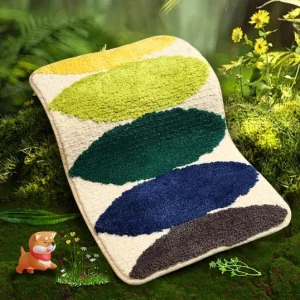
The Types of Materials Commonly Found in Chinese Carpets
The eastern Chinese rugs are usually produced with the assistance of natural resources, for example, wool or silk or a blend of the two materials to produce them skillfully. These materials not only make the rugs durable but also give them a rich texture that contributes to their beauty and attractiveness in terms of vision.
Traditional Weaving Techniques That Define Quality
The processes of weaving utilized in the process of making Chinese oriental rugs are important aside from the process of choosing the materials utilized during the process. Hand knotting each thread separately onto the strings is the most prevalent process used. It’s a time-consuming process that would take months or even years, depending on how complex and massive the design created is. Through this process, precision and long lifespan of such rugs over its machine-made counterparts are guaranteed. Also, the older dyeing process from natural-based or mineral pigments gives a genuine color, which also slowly ages over time.
How Can Importers Benefit from Choosing Chinese Oriental Rugs?
Competitive Pricing and High-Quality Standards
Chinese rugs from the Orient provide a mix of cheap prices and quality goods that appeal to importers seeking popular options in the market. China’s advanced manufacturing facility and abundance of quality raw materials provide rug manufacturers with capability to make pieces at reasonable prices. Economies of scale also play a part in these cost advantages since numerous manufacturers make on a big scale to cope with international demands. Therefore, importers are able to buy premium products within their reach without any tension.
Also, Chinese carpet manufacturers take oath to adhere to high standards for quality assurance in order to ensure that the manufactured goods fulfill the norms. All stages involved in the process are under tight scrutiny. Ranging from using top quality raw material such as silk and wool, and adopting methods of hand knotting. Through emphasis on the quality of workmanship, durability and looks of the carpet increases and there grows faith amongst its clients across other markets.
Wide Variety of Styles and Patterns to Suit Different Markets
Oriental rugs from China come in a variety of styles and designs to cater to the requirements and interests of customers as well. The majority of the traditional designs contain symbols, e.g., dragons or floral motifs holding cultural meanings and are highly sought after by people wanting original pieces symbolizing Chinese culture.
In contrast to that is the fact that recent versions include styles that appeal to city dwellers who favor simple or unconventional designs. This flexibility allows sellers to reach customer groups ranging from classic homeowners to fashionable interior decorators. Custom made designs are also an option for businesses looking to meet customer requirements and expand their market reach further.
How Can Sangni Help You Source Chinese Oriental Rugs Efficiently?
Our Expertise as a Trusted Procurement Agent
Comprehensive Support Throughout the Sourcing Process
Acquiring oriental carpets may pose challenges for individuals unfamiliar with the market intricacies. Sangni offers assistance to streamline and optimize your sourcing process. Our team oversees every step from supplier identification to order delivery with dedication throughout the entire procurement journey.
Starting with a dive into your exact needs – be it finding one-of-a-kind handmade rugs for your home or sourcing in bulk for business endeavors – we tap into our wide-reaching connections in China’s manufacturing centers to connect you with suppliers that match your standards for both quality and design preferences. With hands-on factory visits and close monitoring of the production stages in place, we guarantee that every rug produced meets notch quality benchmarks.
Our dedication goes beyond choosing products. We also manage all the logistics, including shipping and customs clearance to ensure that there are no hitches when importing Chinese products. Our full service model enables you to concentrate on your business while we handle the details of buying Chinese oriental rugs.
Ensuring Reliable Suppliers and Seamless Transactions
When it comes to importing carpets successfully, it’s essential to partner with trustworthy suppliers in such a vast market where not all manufacturers maintain consistent quality standards like Sangni does by thoroughly vetting suppliers based on the established reputation of providing top notch products.
We also offer assistance in bargaining for terms with suppliers to assist you in achieving cost effectiveness while upholding quality standards intact. Focusing on obtaining prices and setting up flexible payment arrangements are part of our commitment to ensure that your purchase of Chinese oriental rugs results in profitability and convenience for you.
Here at Sangni, we take pride in going beyond the role of a mere procurement agent. We strive to be your companion as you navigate the intricacies of sourcing carpets from China. Our thorough comprehension of market dynamics. Unwavering dedication to excellence empower us to consistently surpass expectations with our outcomes.
Frequently Asked Questions about Chinese Carpet
Q: What Are the Benefits of Chinese Carpets?
A: Chinese carpets are well-known for their craftsmanship, elegant patterns, and durability. Made of high-quality material like silk and wool, they add class and comfort to a room, thus appropriate for classic and modern homes.
Q: How Long Do Chinese Carpets Last?
A: China carpets last for decades if properly maintained. Their durability results from high-quality materials and delicate craftsmanship. Cleaning and maintenance periodically keep them in good condition and beautiful for continued use.
Q: Are Chinese Carpets Expensive?
A: Chinese carpets vary in cost based on material, size, and the complexity of the pattern. High-quality hand-made rugs may be costly, but they’re seen as good investments since they last long and are unique works of art.
Q: How Do You Care for Chinese Carpets?
A: To maintain a China carpet, vacuum periodically to remove dirt and debris. Professionally clean every few years, and place out of direct sunlight to prevent fading. Turn the carpet to wear evenly over time.

